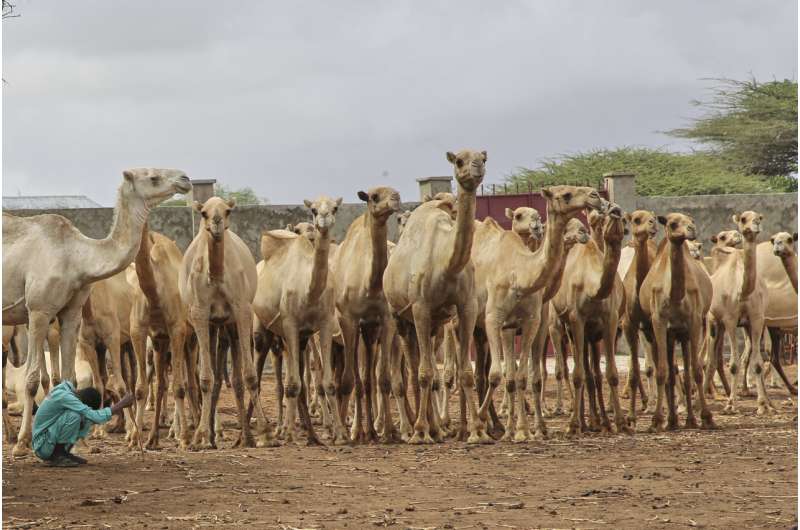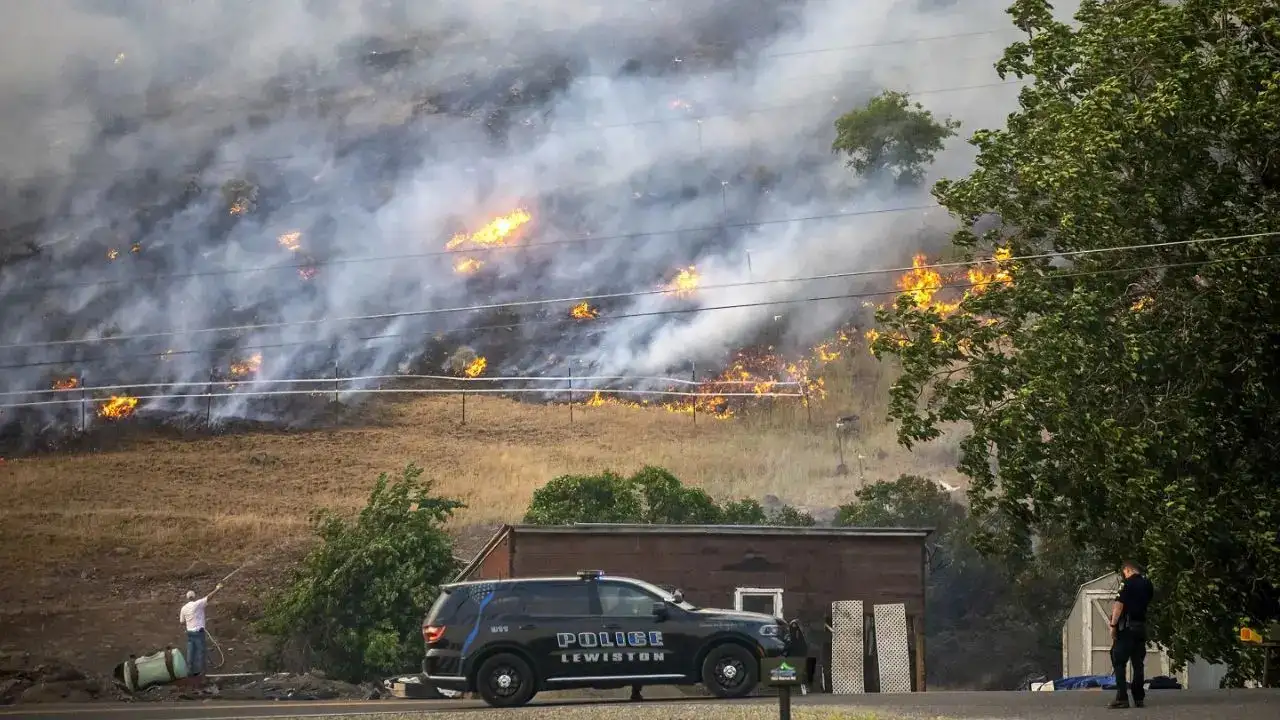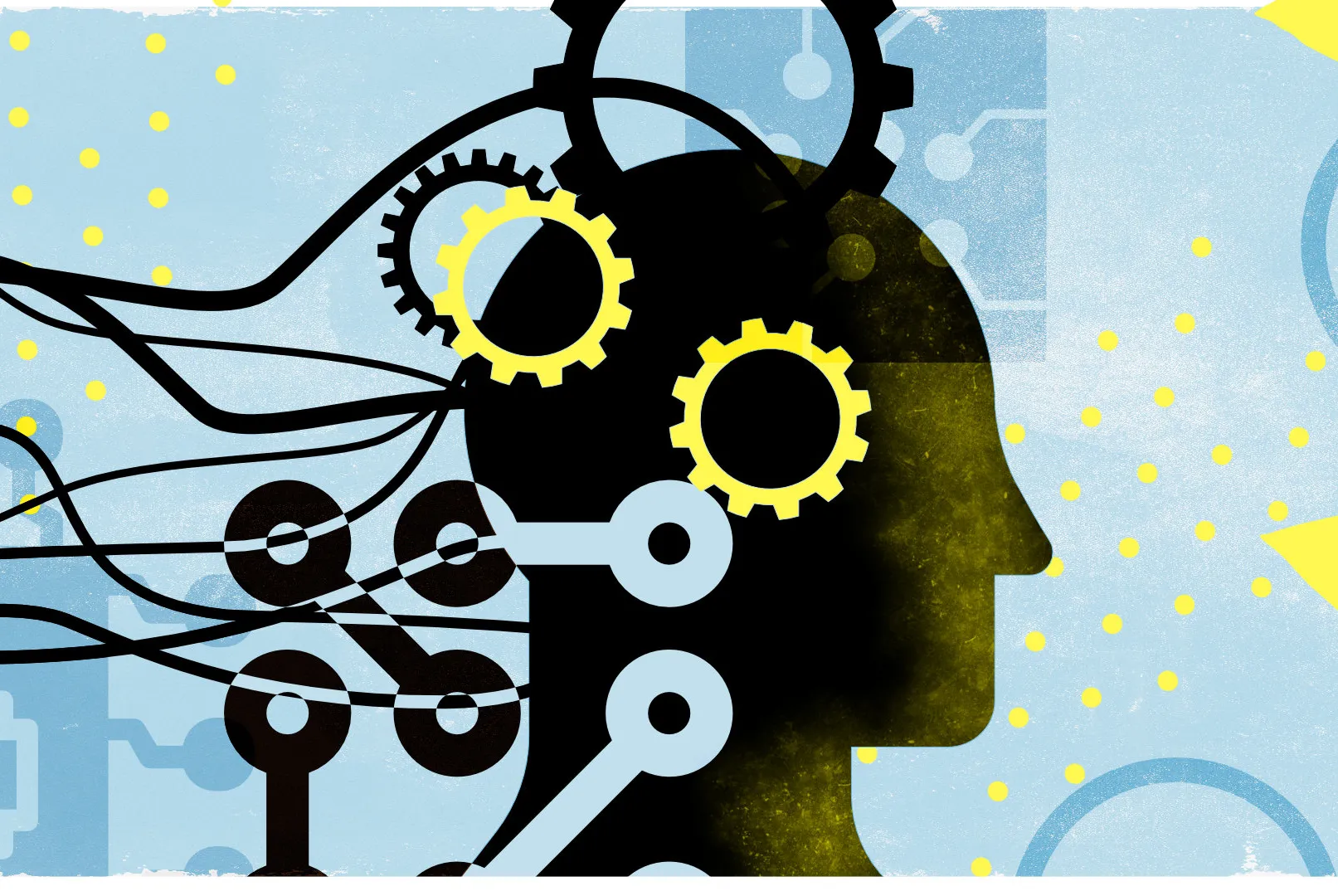
In recent years, Somalia has witnessed a remarkable transformation driven by the rise of camel milk production. This not only addresses pressing nutritional challenges but also fosters economic growth by creating employment opportunities for local communities. The camel milk revolution in Somalia exemplifies how traditional pastoral practices can be innovatively integrated into modern economic development, providing a sustainable pathway toward improved livelihoods.
The Historical and Cultural Significance of Camel Milk in Somalia
Camels have been an integral part of Somali pastoral life for centuries. Their resilience in arid climates and their ability to thrive where other livestock cannot make them vital assets. Traditionally, camel milk has been a staple in local diets, revered for its nutritional benefits and medicinal properties. It symbolizes resilience and self-sufficiency, qualities that resonate deeply within Somali culture.
However, longstanding reliance on traditional ways limited the scale of production and distribution of camel milk, often restricting access to distant markets. Recent developments have aimed to integrate modern dairy practices with traditional knowledge, thus unlocking the full potential of camel milk as a nutritional supplement and economic resource.
The Nutritional Benefits of Camel Milk
Camel milk is uniquely rich in essential nutrients that are critical to combating malnutrition, particularly among children and vulnerable populations in Somalia. Unlike cow’s milk, it contains higher levels of certain vitamins and minerals, such as Vitamin C, iron, and calcium, which are vital for immune function, growth, and development.
Key nutritional advantages of camel milk include:
- High bioavailability of nutrients, making them easier for the human body to absorb
- Rich in insulin-like proteins, potentially beneficial for diabetics and those with immune system deficiencies
- Lower fat content compared to other dairy options, making it a healthier choice for many consumers
- Presence of antimicrobial and anti-inflammatory compounds that support overall health
As Somalia continues to grapple with food insecurity and malnutrition, especially among children under five, increasing access to nutritious options like camel milk is becoming increasingly essential.
Transforming the Livelihoods of Somali Pastoralists
One of the most significant impacts of this camel milk revolution has been on local employment and income generation. Through recent initiatives, Somali pastoralists and small-scale dairy farmers are gaining access to training and modern equipment, enabling them to process and package camel milk for broader markets.
Major benefits include:
- Creation of jobs: From milking and processing to packaging and distribution, multiple employment opportunities are emerging.
- Enhanced income levels: Once limited to subsistence milk production, the enterprise now offers a pathway to sustainable income for smallholder farmers.
- Market expansion: Camel milk products are increasingly finding their way into urban retail outlets, health stores, and even export markets.
This economic uplift not only improves individual livelihoods but also contributes to local economies and broadens Somalia’s commercial landscape.
Innovative Approaches and Market Development
Several organizations—both local and international—are working to scale up camel milk production through innovative methods. These include the establishment of cooperative dairies, training in hygienic milking and processing techniques, and the development of branding strategies to position Somali camel milk as a premium product.
Moreover, research institutions are exploring ways to improve milk yield and quality through better breeding practices and herd management. Technology adoption, such as cold chain logistics and packaging innovations, further enhances product shelf life and market reach.
Challenges and Opportunities
Though the camel milk industry in Somalia shows tremendous potential, there are challenges to address:
- Infrastructure deficits: Lack of cold storage facilities and transport infrastructure can hinder market expansion.
- Quality control: Ensuring hygienic and safe processing remains a hurdle, especially in rural settings.
- Cultural perceptions: While traditional consumption is widespread, expanding markets depend on convincing consumers of product safety and value.
Despite these obstacles, opportunities abound. The rising global demand for natural and functional foods positions Somali camel milk as an attractive product for export. Additionally, government policies supporting pastoralists and small enterprises can catalyze further growth.
Looking Ahead: The Future of Camel Milk in Somalia
The trajectories of economic and nutritional improvements via camel milk are promising. As more investment flows into infrastructure, training, and marketing, the industry is poised to become a substantial contributor to Somalia’s economy. The potential to scale up operations, improve quality standards, and diversify products like yogurt, cheese, and health drinks will further enhance its appeal.
This revolution is also shaping social change—empowering women, youth, and marginalized groups by involving them in value chains and entrepreneurial ventures. It emphasizes the importance of sustainable practices that respect local traditions while integrating innovation for broader impact.
Conclusion
Somalia’s camel milk sector represents a compelling blend of tradition and innovation. By harnessing the nutritional benefits of camel milk and transforming it into a viable economic activity, Somali communities are laying the groundwork for a healthier and more prosperous future. The ongoing development of this industry exemplifies how leveraging indigenous knowledge, coupled with modern practices, can lead to resilient and inclusive growth.
For more updated news please keep visiting Prime News World.








